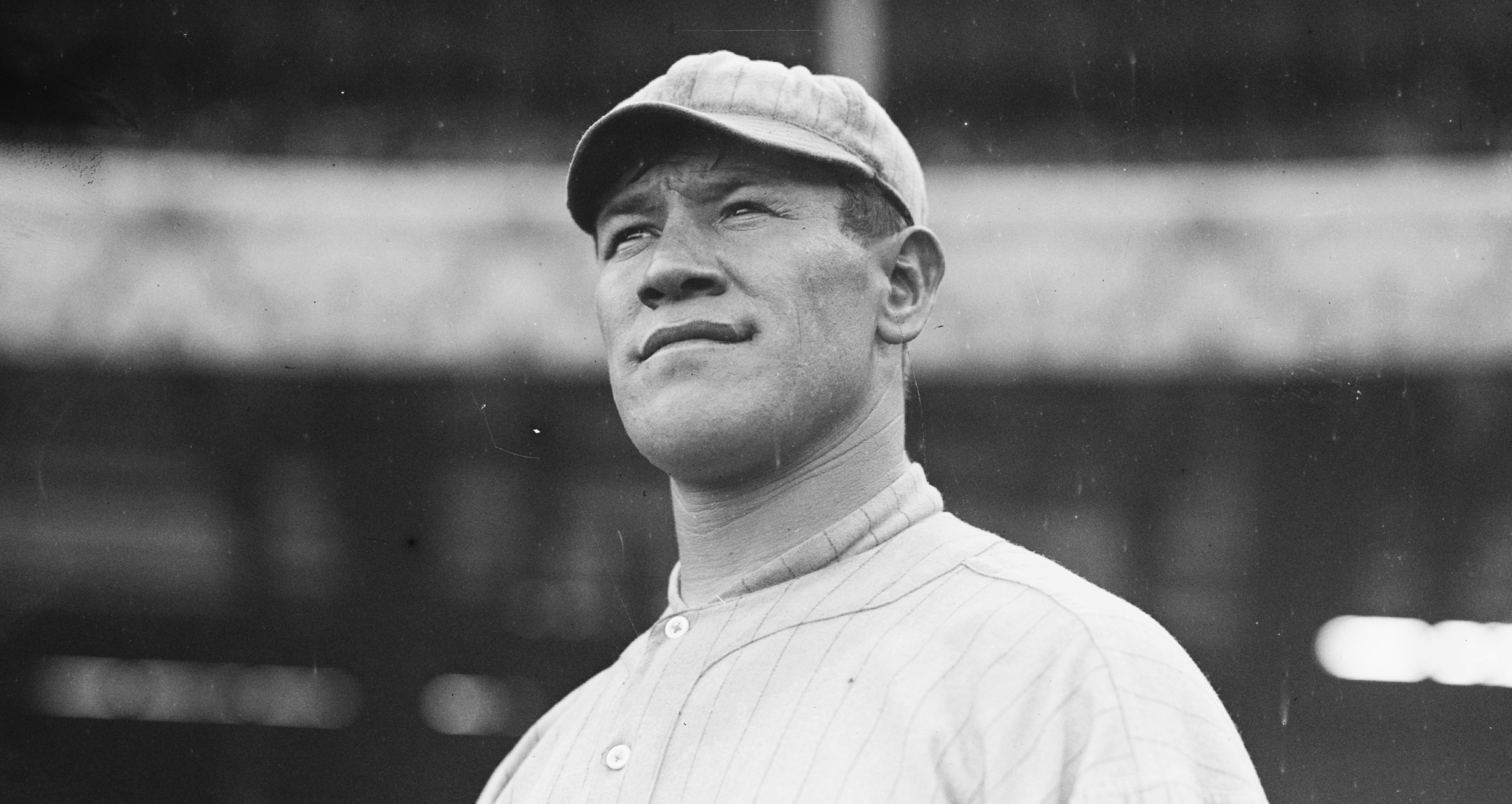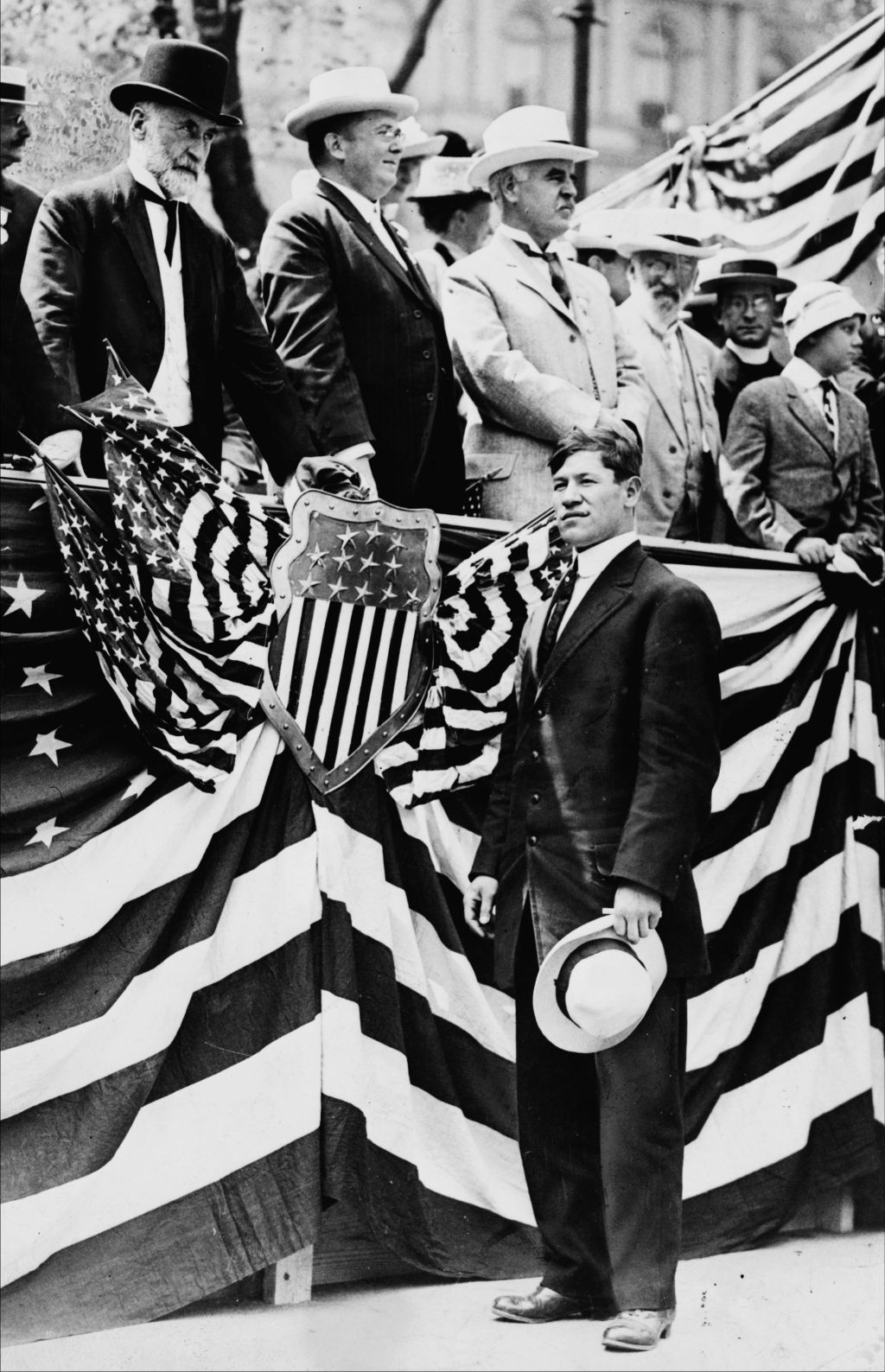Authors:
Historic Era: Era 7: The Emergence of Modern America (1890-1930)
Historic Theme:
Subject:
October 2022 | Volume 67, Issue 5


Authors:
Historic Era: Era 7: The Emergence of Modern America (1890-1930)
Historic Theme:
Subject:
October 2022 | Volume 67, Issue 5

Editor’s Note: This summer, Jim Thorpe’s records at the 1912 Olympic Games were finally restored, 110 years too late. He lost them after it was discovered he had violated the Olympics’ strict amateurism regulations at the time; he had briefly been paid $25 a week to play minor league baseball.
We asked historian David Maraniss, author of the just-published book, Path Lit by Lightning: The Life of Jim Thorpe, to provide us with an overview of the life and accomplishments of one of America’s greatest athletes. Maraniss is a New York Times bestselling author, Pulitzer Prize winner, and associate editor at The Washington Post. He has published 13 books, including well-received biographies of Bill Clinton and Barack Obama.
People were eager to see “the Big Indian” as soon as he returned to America. Jim Thorpe was a celebrity, a global sensation after winning two gold medals at the 1912 Olympic Games in Stockholm, where the dapper king of Sweden was said to have called him the greatest athlete in the world.
The first public stop on home soil was Boston, where a local newspaper heralded Jim’s exalted status by suggesting he pose as the Indian on the flip side of the buffalo nickel. Boston’s mayor, an avid sports fan, challenged him to a race in the hundred-yard dash at the Elks Club picnic. John “Honey Fitz” Fitzgerald, five years away from becoming the grandfather of a future president, jocularly boasted that he might not need a head start to keep up with James Francis Thorpe.
Speechwriters for President William Howard Taft were already drafting a letter of praise on behalf of the nation, asserting the fond hope that Jim Thorpe’s Olympic victories in the pentathlon and decathlon would “serve as an incentive to all to improve those qualities which characterize the best type of American citizen.” The White House seemed clueless about the fact that the United States government did not yet consider Thorpe any type of citizen, best or otherwise. From Boston, it would be on to Carlisle, New York City, and Philadelphia, where exuberant crowds jostled for the best view of the new American colossus.

The festivities in Carlisle started at 2:00 on the soft summer afternoon of August 16 with a parade from the railroad station to the Carlisle Indian Industrial School half